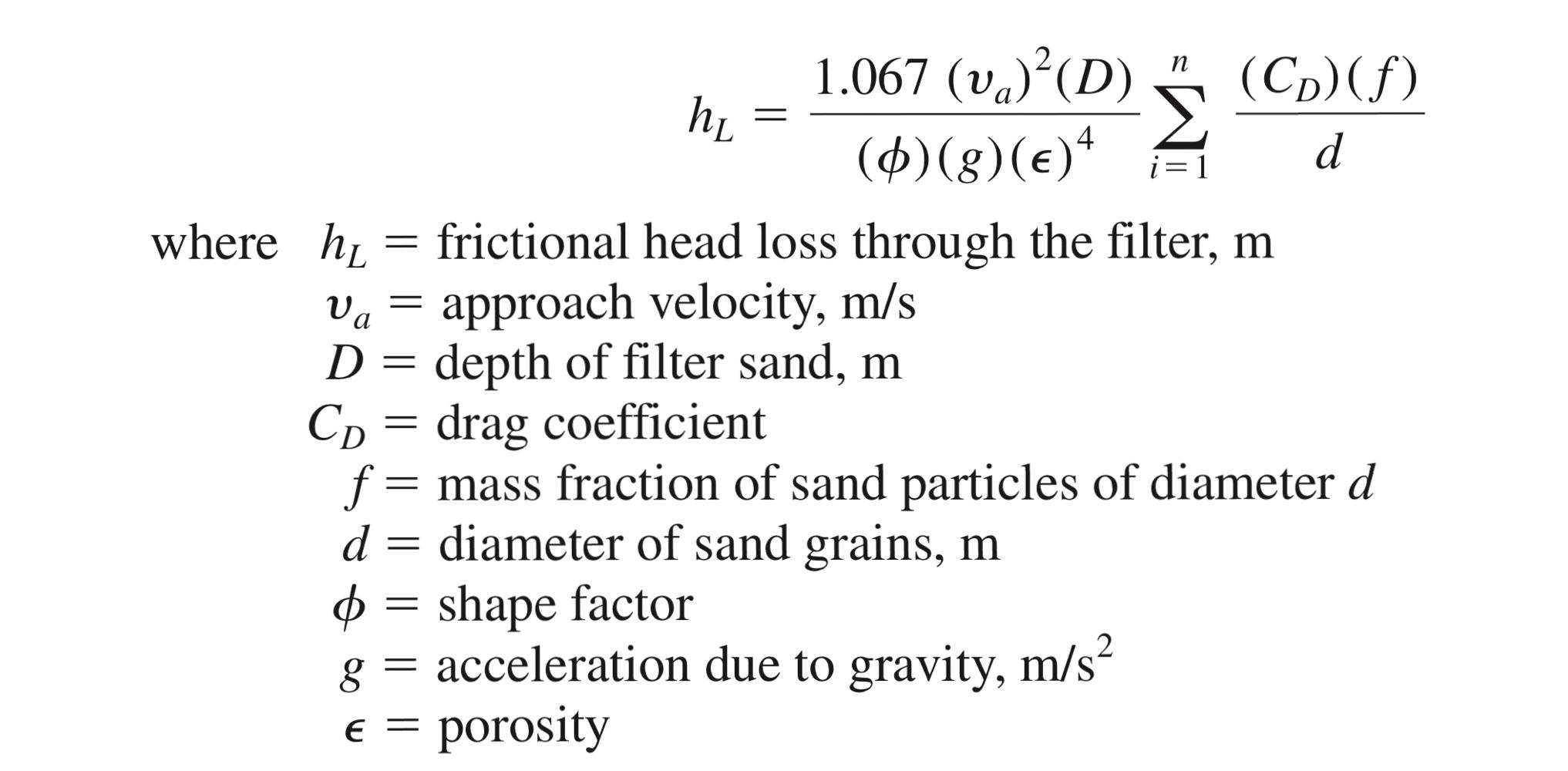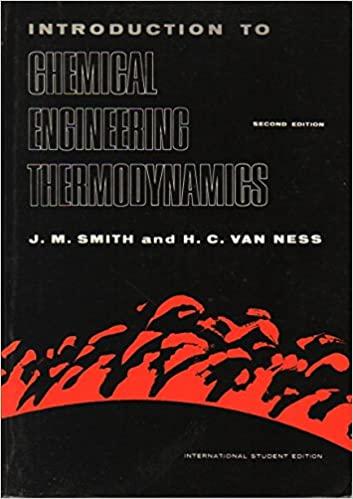Answered step by step
Verified Expert Solution
Question
1 Approved Answer
Given Below Find the head loss for each filter using the rose equation. Each filter unit has a diameter of 30cm The average Porosity of
Given Below Find the head loss for each filter using the rose equation.
Each filter unit has a diameter of 30cm The average Porosity of all sand grains is 0.42 and the shape factor is 0.9. The total depth of filter bed is 5cm The water temperature is 10oC
YOU MUST SHOW HOW YOU DETERMINE C_d AND V_A. ALL INFORMATION HAS BEEN GIVEN.



Step by Step Solution
There are 3 Steps involved in it
Step: 1

Get Instant Access to Expert-Tailored Solutions
See step-by-step solutions with expert insights and AI powered tools for academic success
Step: 2

Step: 3

Ace Your Homework with AI
Get the answers you need in no time with our AI-driven, step-by-step assistance
Get Started


